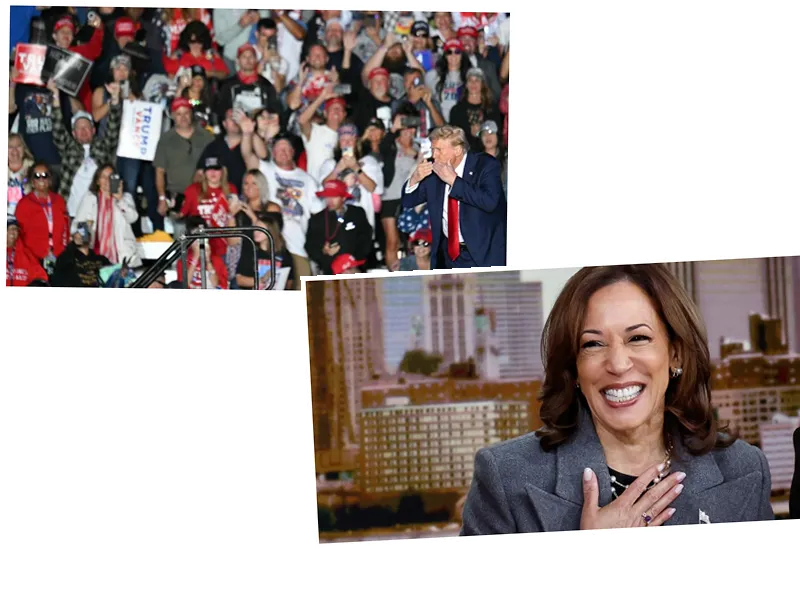Undecided Voters Could Shift the Election Dynamics
As the 2024 presidential election approaches, a significant number of voters remain undecided, particularly among young, black, and Hispanic demographics. According to a recent New York Times/Philadelphia Inquirer/Siena College poll, about 18% of likely voters are still weighing their options between candidates Donald Trump and Kamala Harris. These voters express concerns primarily about economic security, often referring to their choice as the "lesser of two evils." This group is increasingly turning to social media for information, which may influence their final decision on Election Day.
Trump's Bold Claims in New York
In a recent rally in Uniondale, New York, Donald Trump asserted his belief that he can win the traditionally Democratic state, despite having lost by significant margins in previous elections. Trump emphasized his commitment to appeal to New York voters, particularly as President Biden's approval ratings falter. Despite analysts labeling New York as a "solid D" state, Trump remains optimistic, citing support from union members and local Republicans as evidence of his potential success. His rhetoric focused on crime and economic issues, resonating with many attendees who share his concerns about the current state of affairs.
The Complex Landscape of Voter Sentiments
The sentiments of undecided voters highlight a shift in traditional voting patterns, particularly among young and marginalized groups. Many express disappointment in the Democratic leadership, particularly regarding economic issues, leading to a more open consideration of Trump as a viable alternative. Voters like Viviana Christie and Sammy Jay illustrate this indecision, balancing concerns over healthcare and immigration against economic frustrations. As the election draws near, their ultimate choices may significantly influence the electoral outcome.
- The undecided voters represent a crucial segment of the electorate that could determine the outcome of the upcoming presidential election. Their focus on economic issues over social topics like abortion and immigration reflects a pragmatic approach to voting. Trump's rally in New York was not just a fundraising event but a strategic move to reclaim support in a state he believes is ripe for a Republican comeback. His claims of potential victory, however, are met with skepticism from political analysts who view New York as firmly in the Democratic camp. The evolving perspectives of younger voters, particularly those from diverse backgrounds, indicate a possible reconfiguration of party loyalty. As these individuals navigate their political identity, their decisions in the voting booth may reflect a broader dissatisfaction with both major parties.






